FIEA’s Video Game Curriculum
FIEA offers an immersive, project-based video game curriculum that’s as active as it is interactive. You’ll become part of a team of fellow students who will work with you as producers, programmers and artists on real-world projects with milestones and tight deadlines. All overseen by some of the best video game faculty in the world.
We believe you learn best by doing. So our artists learn to model, animate and create shaders. Our programmers build games with complex code bases and make their own game engines. And our producers manage large and small game teams, create levels and learn to script.


Production/Design Track
Learn More Than Game Design
The production/design track offers students many options, whether they are interested in becoming a level designer or aspire to be a project manager.
There are three sub-tracks within the production/design discipline here at FIEA, which include: Project management, technical design, and level design. If you decide on the production/design track, you can further concentrate your skills within one of these three sub-tracks to specialize in. The first step to landing your first gig is finding out which path you want to travel. You can click any of the sub-tracks to learn about everything they entail, including the specialized curriculum that belongs to each track. Common undergraduate degrees (not limited to): Communications, computer science, digital media, english, game design, liberal studies, technical writing, and more.
Explore Further
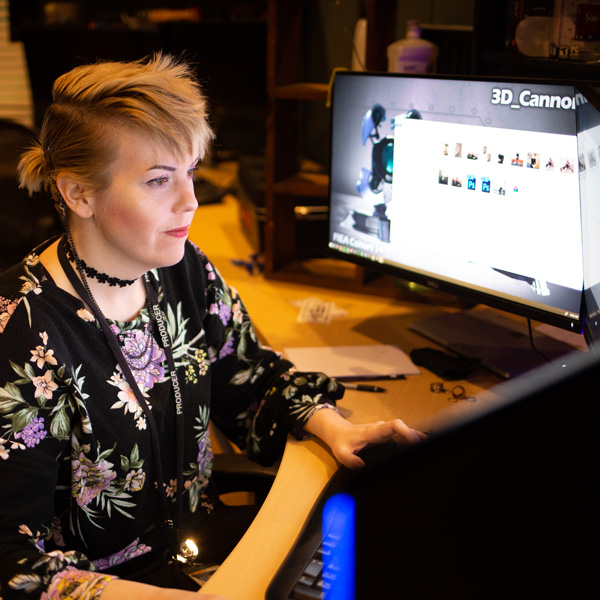
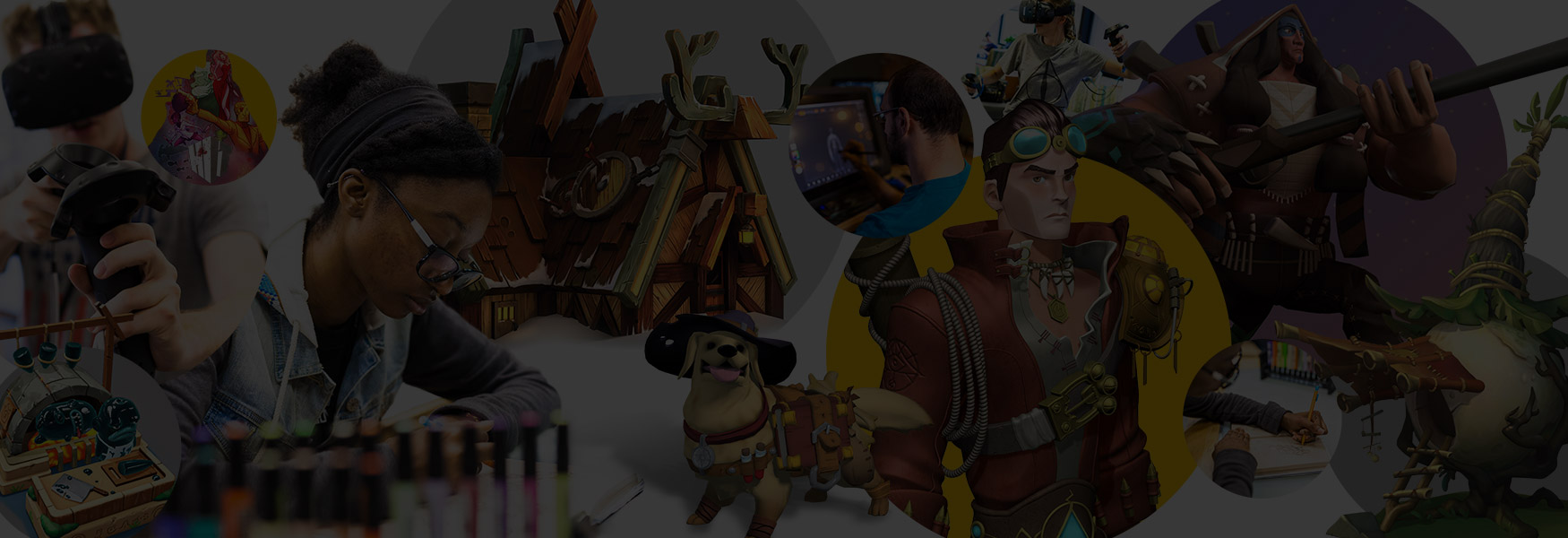
Art Track
Become A Visual Storyteller
The art track offers students many options, whether they are interested in becoming a 3D character artist or an animator. There are three sub-tracks within the art discipline here at FIEA, which include: 3D modeling, technical art, and animation.
There are three sub-tracks within the art discipline here at FIEA, which include: 3D Modeling, Technical Art, and Animation. If you decide the art track is for you, you can further concentrate your skills within one of these three sub-tracks to specialize in. The first step to landing your first gig is finding out which path speaks to you. You can click any of the sub-tracks to learn about everything they entail, including the specialized curriculum that belongs to each track. Common undergraduate degrees (not limited to): Animation, architecture, computer science, digital media, fine art, graphic design, illustration, math and more.
Explore Further
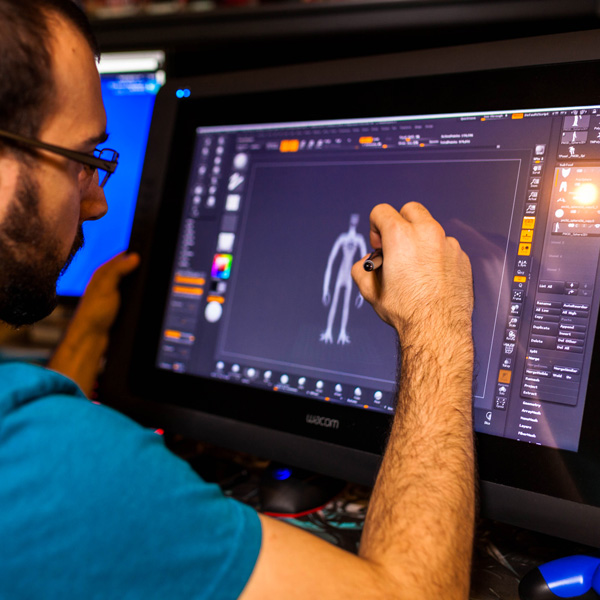
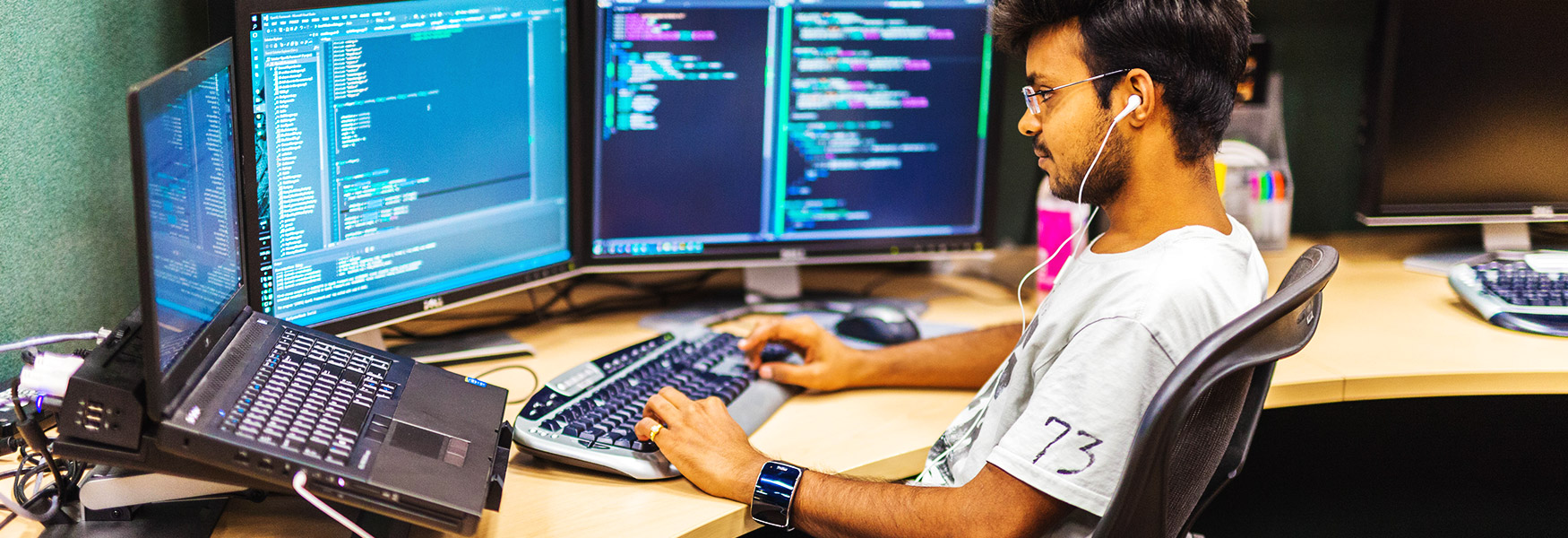
Programming Track
The Practice Of Programming
In the programming track, students learn programming by writing a lot of code. Students start by learning the basics of computer architecture by programming in assembly language.
The industry requires some heavy lifting when it comes to engineering and programming. Whether you wish to pursue game mechanics, engine development, network architecture, technical integration, database management or other needs in the industry, it will be covered extensively. Common undergraduate degrees (not limited to): Applied mathematics, computer engineering, computer science, digital media, information technology, electrical engineering, software engineering and more.
Explore Further
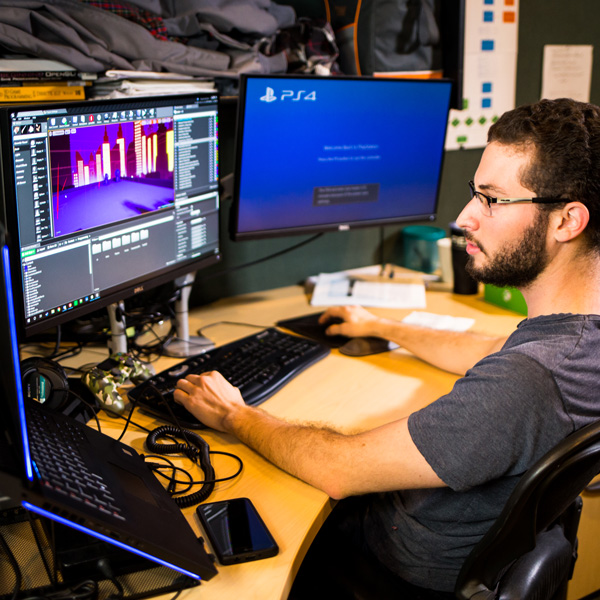
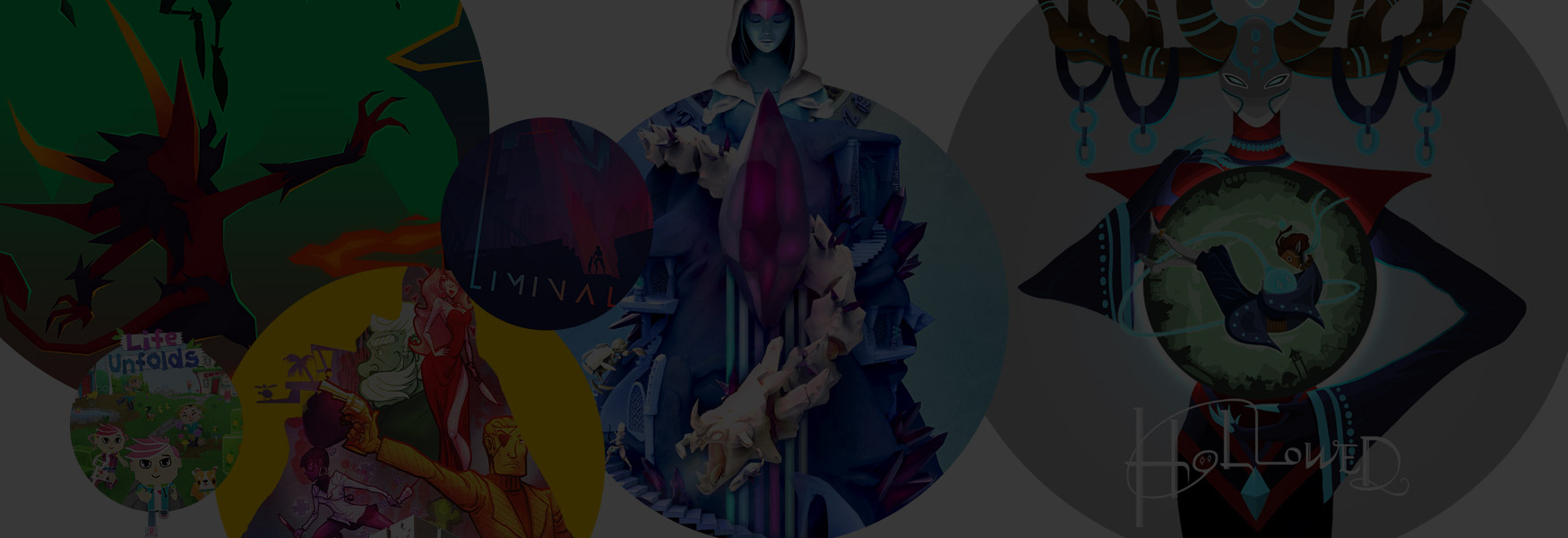
Student Work
Our students don’t just complete assignments. They make games and interactive projects that entertain and educate. See all the great artwork, games and projects that FIEA students create every day.
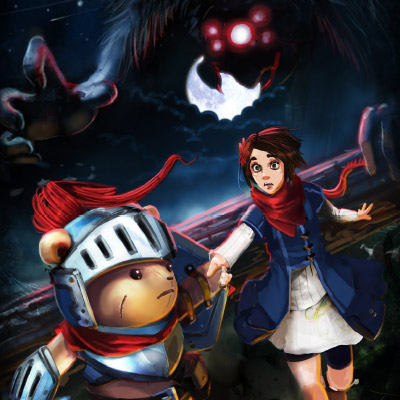
Capstone
Here at FIEA, our capstone is the creation of a full game over multiple semesters, where you will go through the entire development cycle: preproduction, production, alpha, beta. Many students decide to publish their capstone games through various avenues, such as Steam or Xbox, earning their first published title.
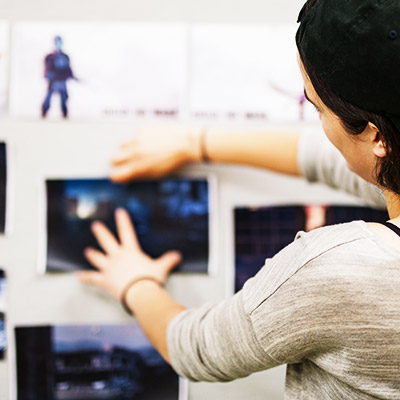
Rapid Prototypes
Immersed in the latest game engine technology, each RPP round involves a theme which pushes you to design beyond your boundaries, whether that’s designing a game to do more than just entertain or aiming to integrate narrative in a novel way. Students get to work with over 20 teams making prototypes every few weeks, learning everything that goes into making a solid prototype.
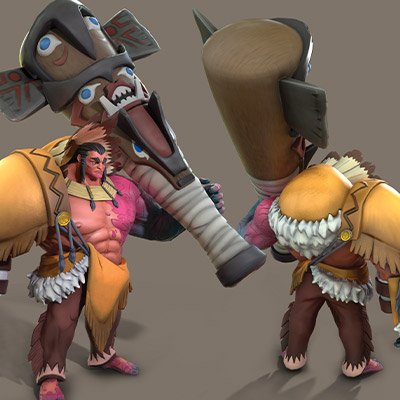
Artwork
Throughout artists’ time at FIEA, they get to create a myriad of different portfolio pieces. Depending on the concentration an artist picks, they will have developed assets ranging from professional 3D models, to particle effects, to procedurally generated vines, to quadruped animations.
